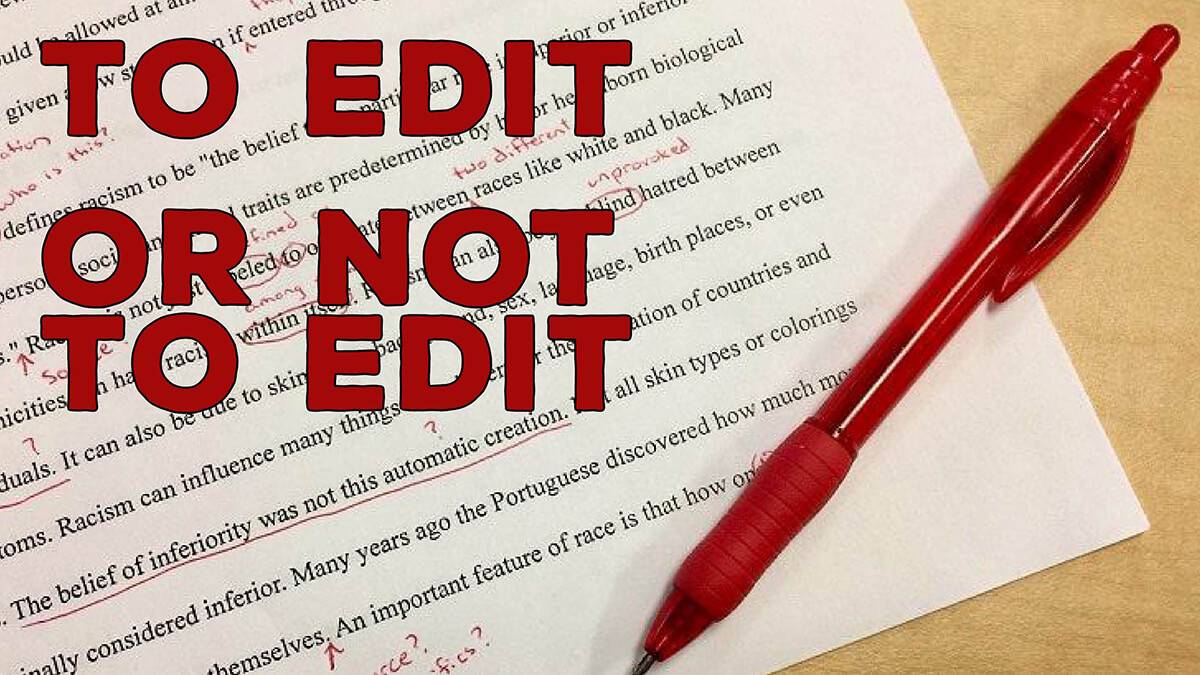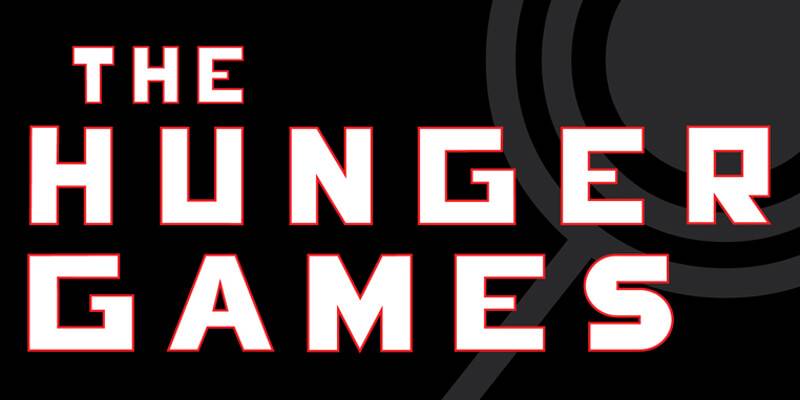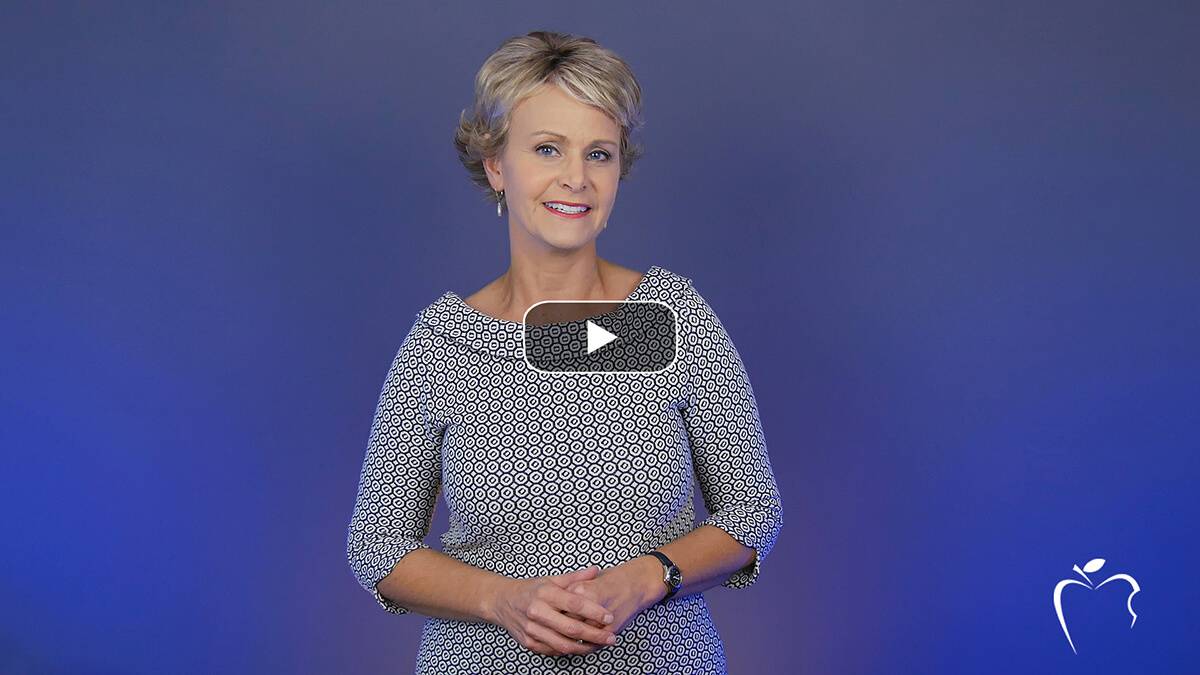writing
Expect students to edit a first draft
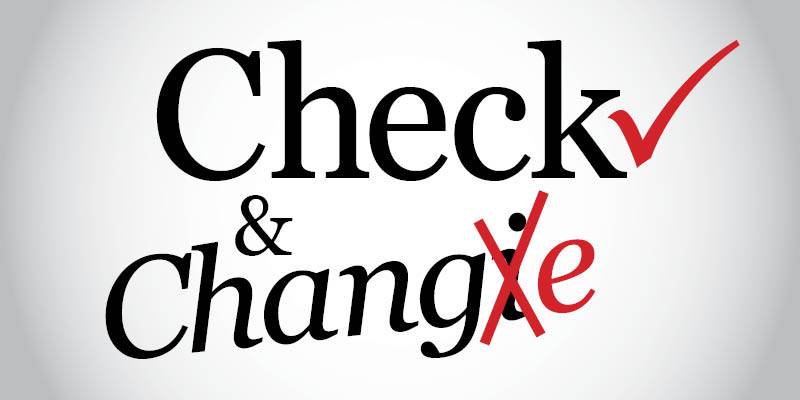
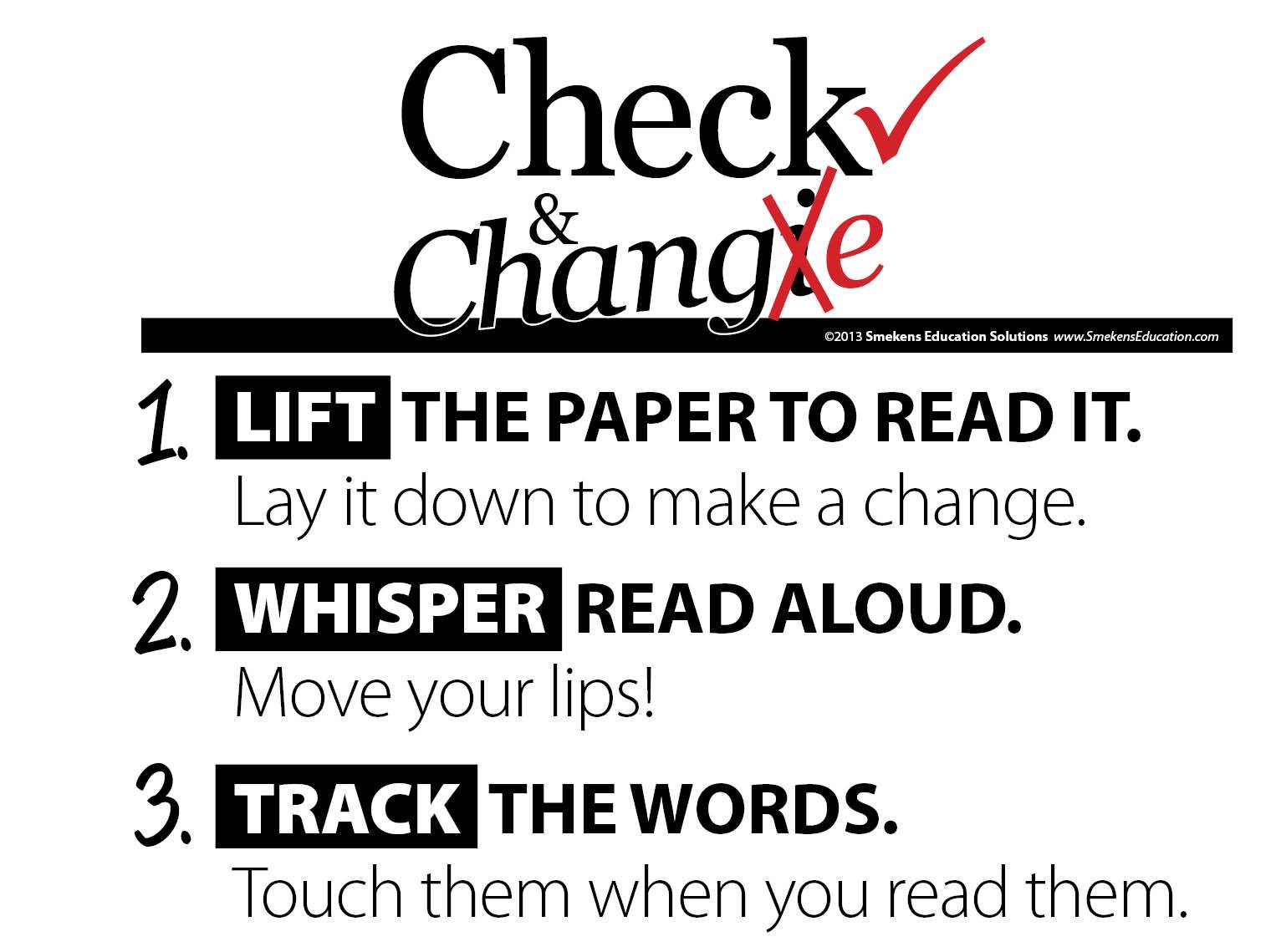 When self-editing a piece immediately after writing it, it is difficult to find errors and omissions. Because the ideas are still so fresh in the writer’s mind, it’s easy to overlook punctuation mistakes, misspellings, and wrong words.
When self-editing a piece immediately after writing it, it is difficult to find errors and omissions. Because the ideas are still so fresh in the writer’s mind, it’s easy to overlook punctuation mistakes, misspellings, and wrong words.
Teach Check & Change habits
Whether a first draft is written in writer’s workshop or within a content-area class, it’s still reasonable to expect students to reread their writing and make minor changes. It’s not a complete edit. Call it a Check & Change. Here are a handful of practical strategies to help your students tackle this important part of the writing process:
Print out a hard copy of typed first drafts (if possible).
Shifting the physical angle from the digital screen to paper can make it easier to spot errors.
Change the font size of typed first drafts (if possible).
Larger text makes it easier to “see” errors, but it also adjusts the number of words per line. This can help students detect sentence or syntax mistakes that didn’t stand out in the traditional 12-point font.
Whisper aloud while rereading.
This causes students to slow down and articulate each word. No one can read aloud as fast as he can silently. Consequently, it’s easier to find a missing word, forgotten punctuation, misspelled words, etc.
Read for 1-2 skills at a time.
Rather than checking for all skills in a single rereading, encourage students to read aloud multiple times. Each rereading can be focused on a couple of skills, rather than a whole checklist of conventions.
Know your weaknesses.
Some students are great spellers but tend to write run-ons. Some students capitalize all their sentence beginnings but forget about proper noun capitals. That said, help students identify a list of personal problem areas. This differentiated list per writer indicates which skills each should focus on during Check & Change.
Cross-reference names and numbers.
Particularly in content-area writing, it’s likely there are specific names (e.g., people, tribes, cities, chemicals, continents, titles, etc.). Students should reference the text to ensure they spelled each one correctly. Numbers (e.g., quantities, dates, figures, statistics, etc.) should be double-checked, as well. Strong expository writing is only as good as it is accurate. In the rush of getting ideas down in a first draft, it’s common to jot names and numbers incorrectly.
Primary writers can do this, too
Teachers at all levels—even K-2—should require students to re-read for errors. Because young writers are limited in their writing knowledge and ability, a quick look for word-wall-word spellings, capitalization omissions, sentence end marks, and word spacing is often the extent of the editing anyway. This is a perfect introduction to Check & Change.
Depending on the writing task and the grade level, teachers may have to adjust the level of correctness they expect. There are times the bar is set high and includes formal editing, and there are times the bar is lowered to only a Check & Change.


